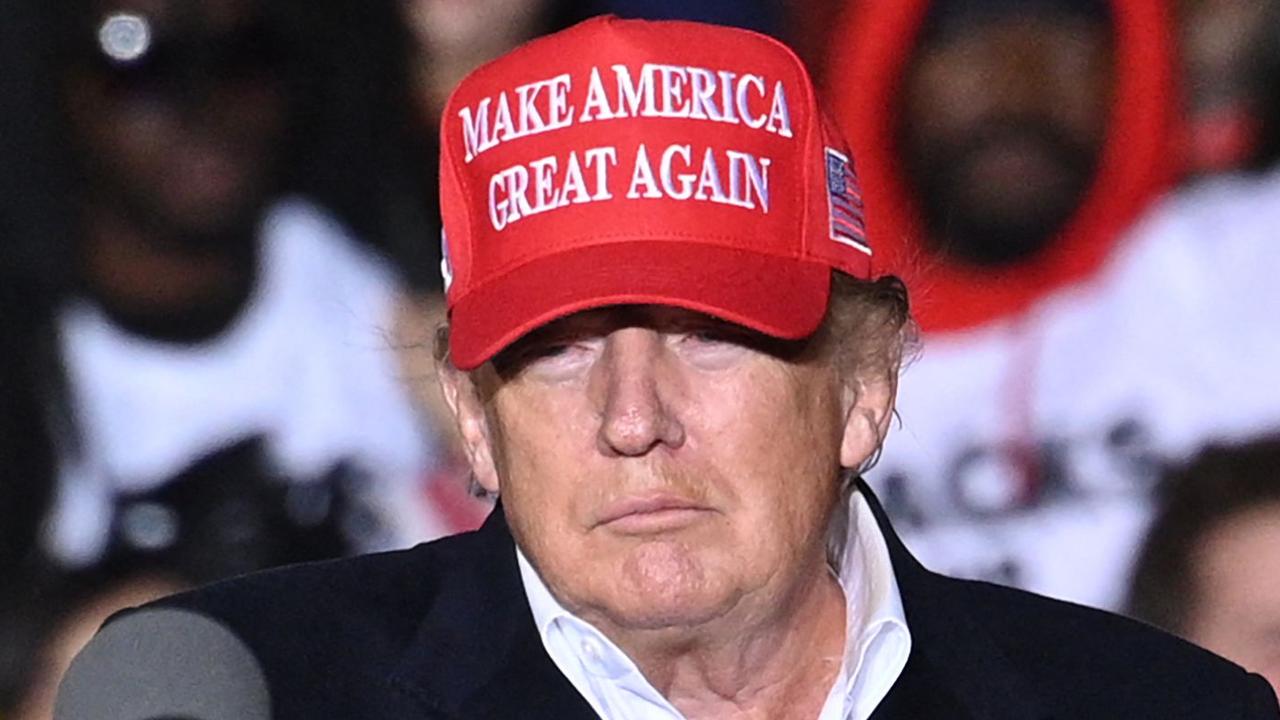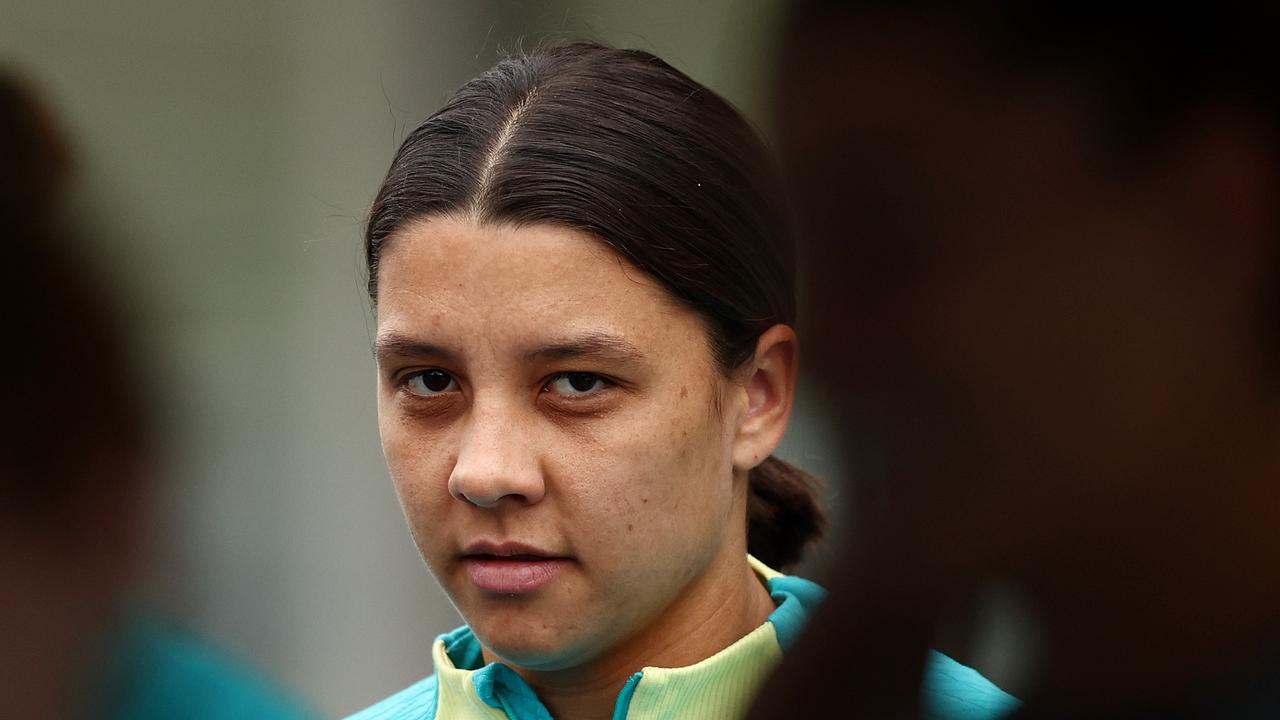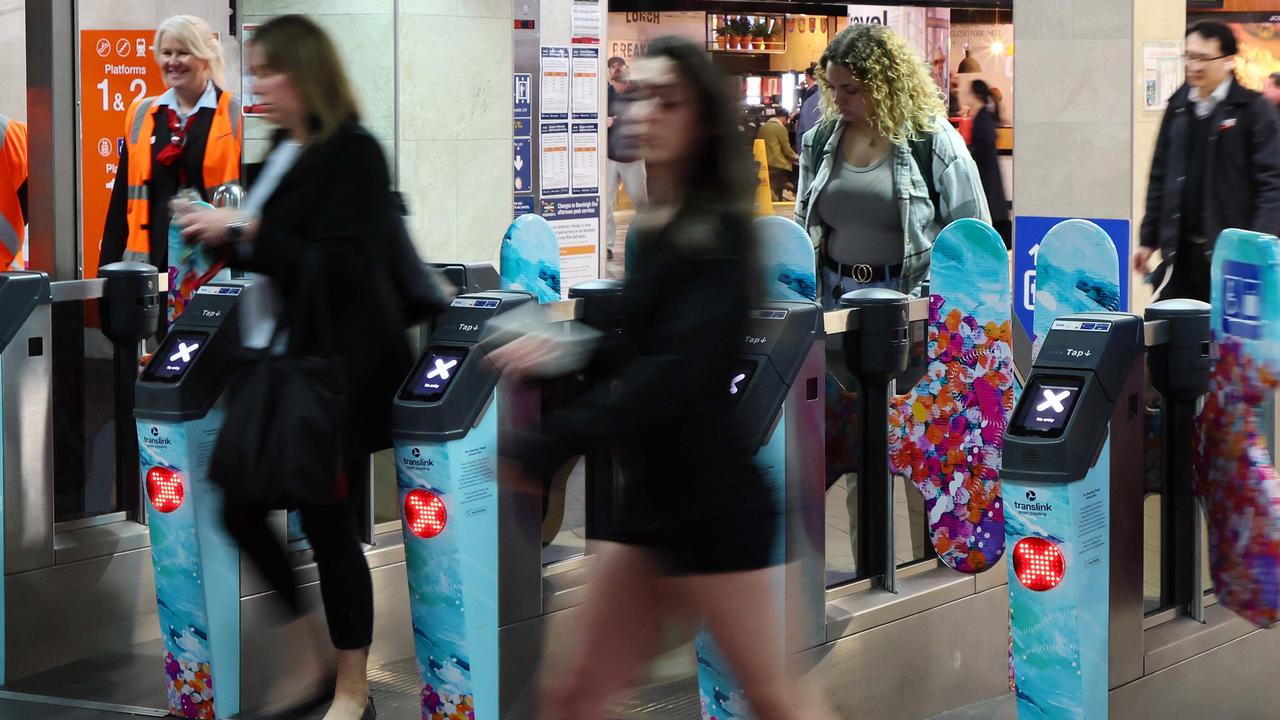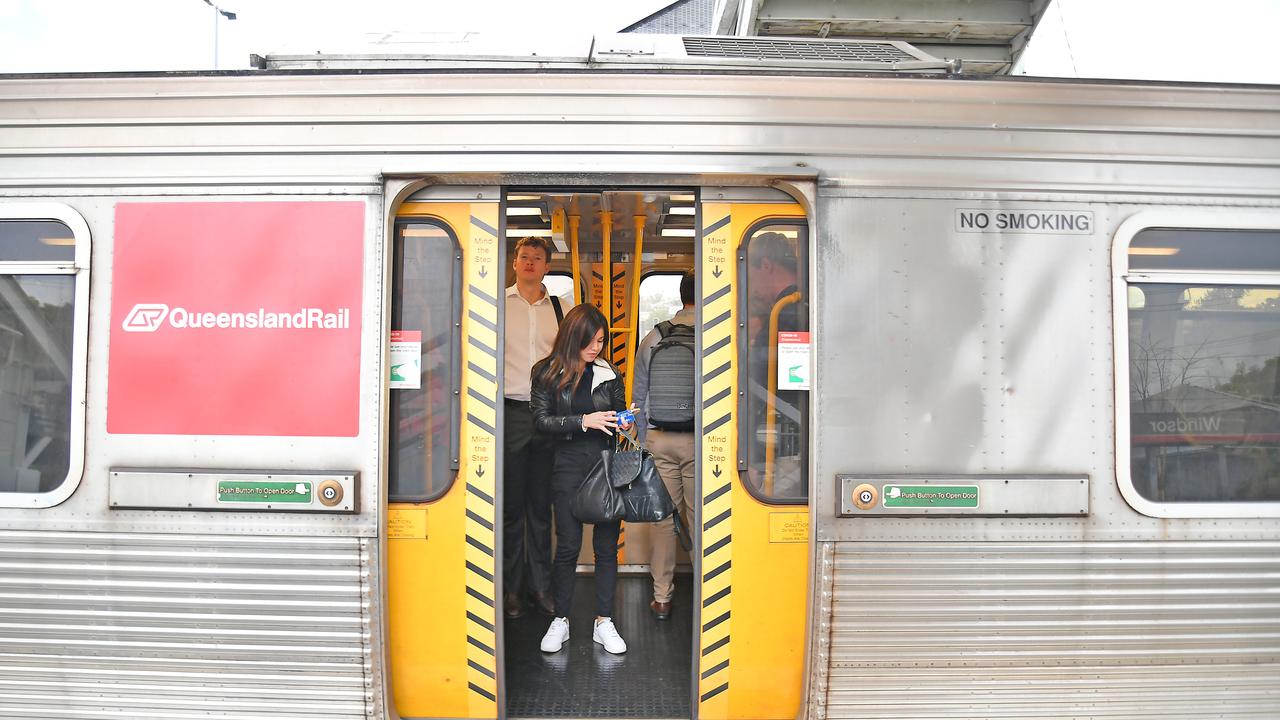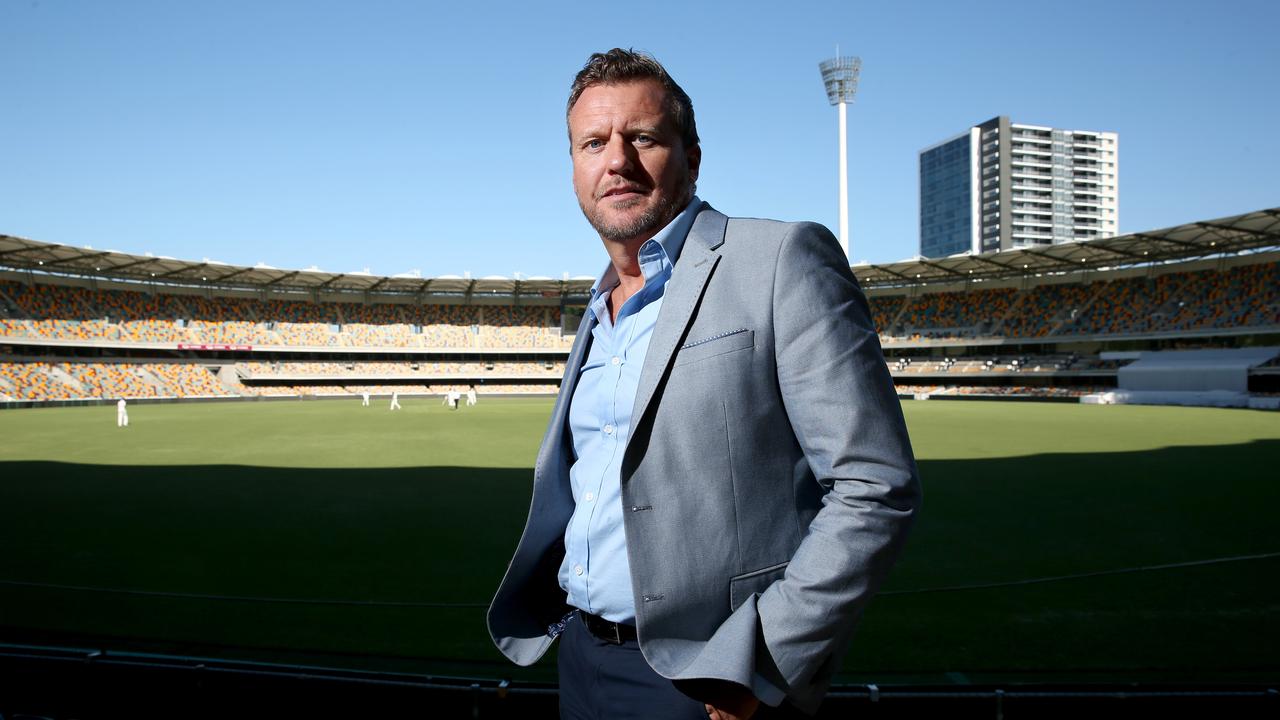‘Erratic’ RBA shouldn’t have raised rates for an 11th time, top economists say
Erratic. Cruel. Reactionary. Unnecessary. Impatient. These are the words top economists are using to describe the RBA’s shock decision to hike interest rates yet again.
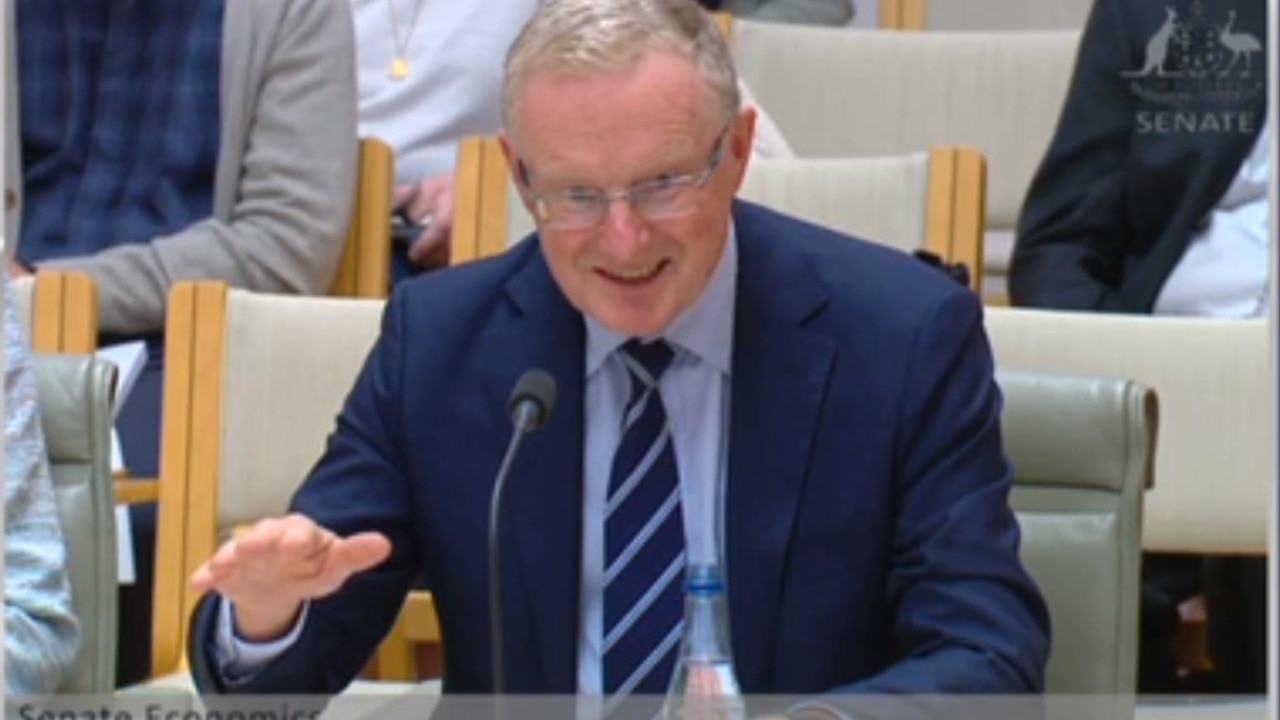
Opinion
Don't miss out on the headlines from Opinion. Followed categories will be added to My News.
Leading economists say Philip Lowe’s 11th rate rise in a year is a mistake and a reaction to the RBA performance review commissioned by the Albanese government.
In a move that shocked most experts and defied futures market predictions, the Reserve Bank of Australia resumed its crusade against inflation on Tuesday by lifting the cash rate by 0.25 per cent to 3.85 per cent.
Four weeks ago, in bringing to an end a run of ten hikes in 10 board meetings, the RBA said it wanted “additional time to assess the impact of the increase in interest rates to date”.
Top analysts said one month was clearly not long enough to determine the effect of all that monetary policy tightening.
This latest increase will add another $76 a month to repayments on a $500,000 mortgage, which had already surged by nearly $1000 per instalment.
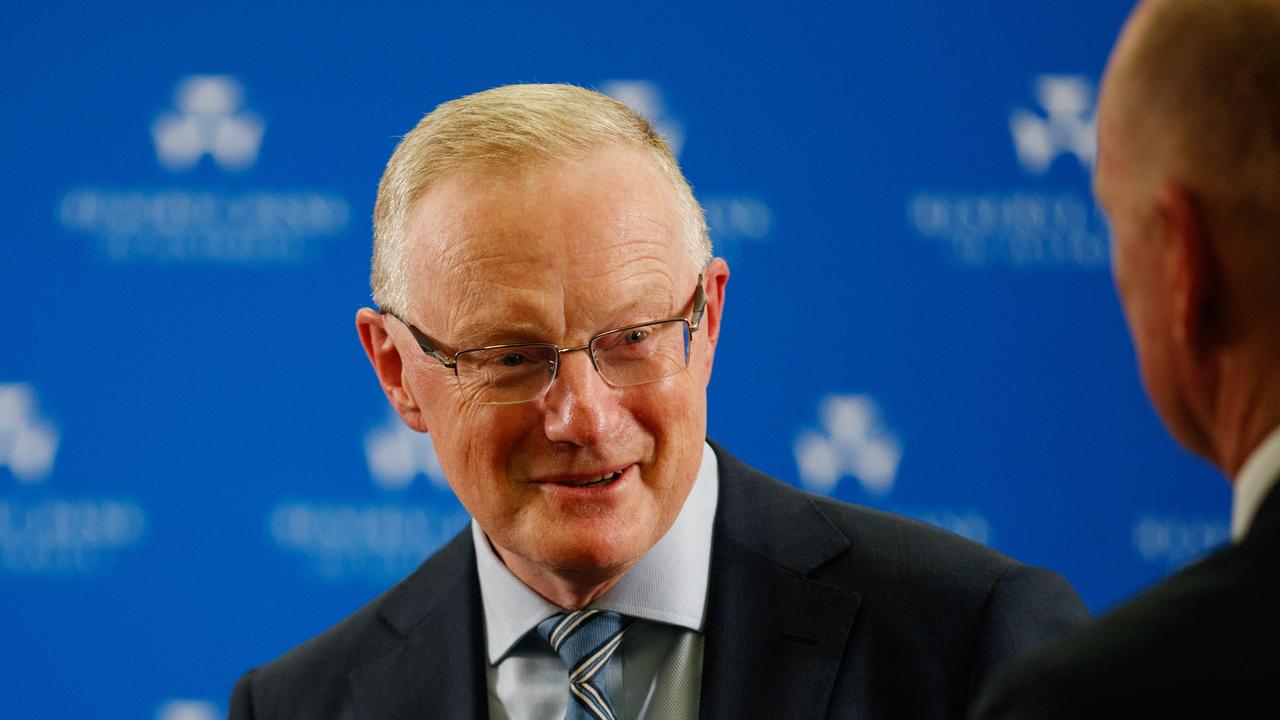
Deloitte Access Economics’ Pradeep Philip said the RBA’s rate rise resumption was “unnecessary.”
“The Reserve Bank is still playing recession roulette, despite briefly and sensibly walking away from the table … last month,” Mr Philip said.
Betashares economist David Bassanese described the central bank’s move as “cruel” and a sign that it was becoming “more erratic”.
“The RBA’s stopgap policy only seems likely to add to economic uncertainty, and only makes sense if such uncertainty is being deliberately created to undermine business and consumer confidence and so hasten the slowdown in the economy,” Mr Bassanese said.
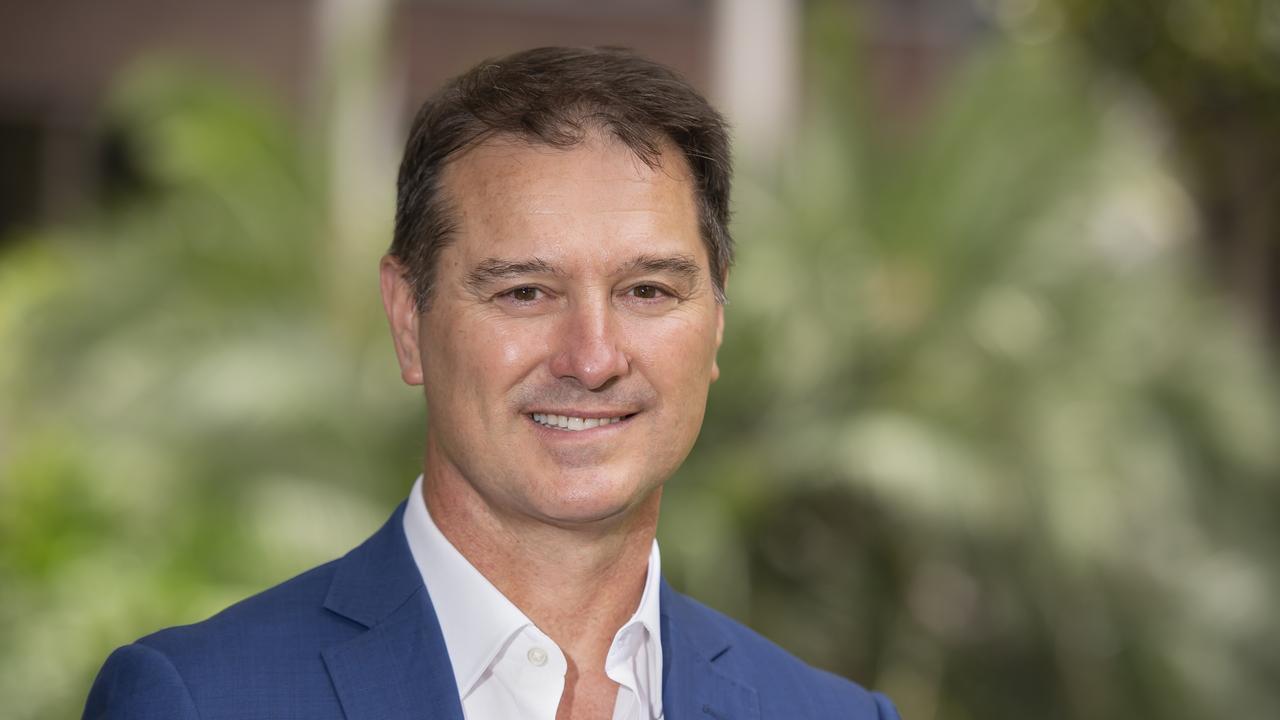
Deloitte’s Mr Philip observed that the RBA’s mandate was to deliver not only price stability but full employment.
The RBA is forecasting the jobless rate to rise from 3.5 per cent to 4.5 per cent over the next two years. If that happens, unemployment levels will rise by about 100,000.
Mr Philip also said that most of the inflationary pressure in the economy was due to a lack of supply, not excess demand.
“When that’s the case, interest rates aren’t necessarily the right instrument to use to get that under control,” he added.
The RBA is forecasting that despite its dramatic tightening of monetary policy, the economy will not contract – which is the definition of a recession.
But it has downgraded its growth guidance to an anaemic 1.25 per cent this year.
In a statement accompanying the latest rate increase, the RBA Governor, Mr Lowe, said: “The path to achieving a soft landing remains a narrow one.”
Deloitte’s Mr Philip said: “The runway is getting narrower and narrower.
“Generally, central banks don’t have a great track record because they tend to overshoot.”
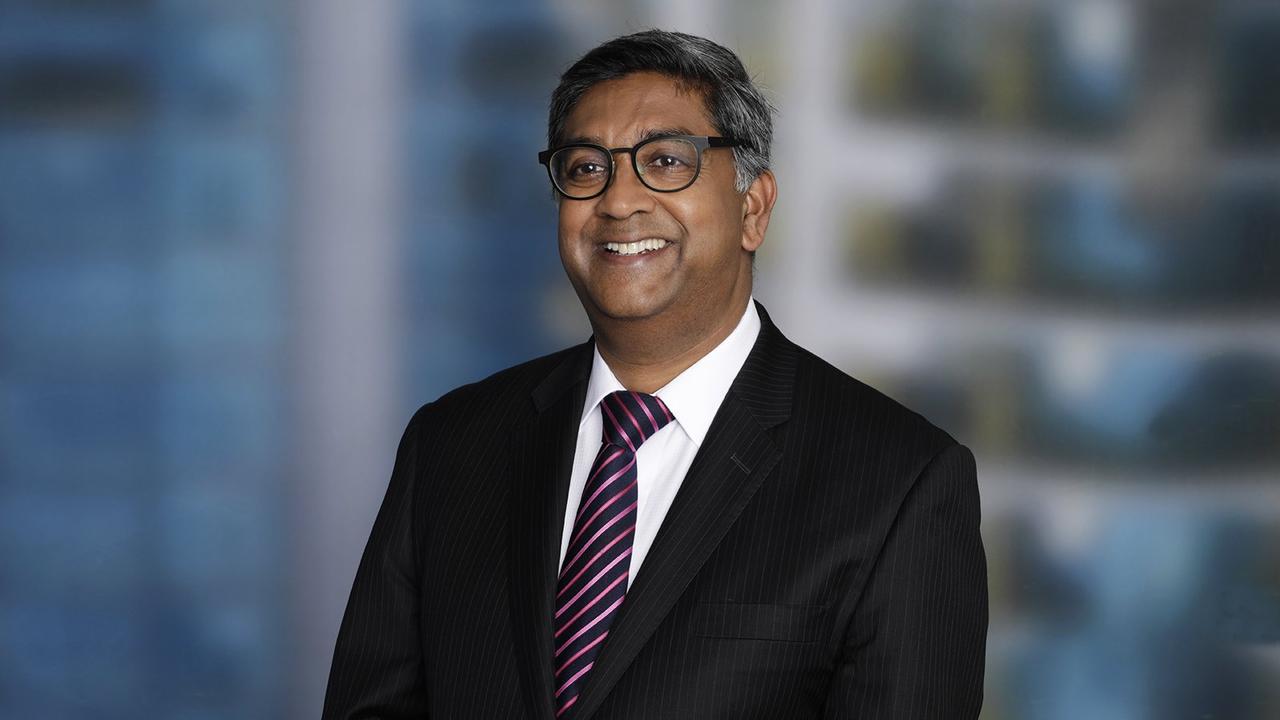
Nomura economist Andrew Ticehurst said the “surprise policy announcement is simply a loss of patience”.
Mr Ticehurst said the recently released findings of a review into the RBA were a “decisive factor” in the decision to hike.
The review, which was commissioned by the Albanese government, had argued the RBA should be aiming to get to the midpoint of its 2-3 per cent inflation target band, not just to the top of it.
Treasurer Jim Chalmers said the RBA hike was a “really difficult decision for a lot of Australians who are already under the pump.”
JOHN ROLFE: WHY THE RBA HIKED AGAIN
Inflation needs to come down faster.
That’s the main reason the Reserve Bank of Australia has raised interest rates for the 11th time since May last year.
In particular, the red light is flashing on the price of services, where the pace actually accelerated in the last quarter.
In a statement accompanying the new 0.25 per cent hike, RBA Governor Philip Lowe said: “Services price inflation is still very high and broadly based and the experience overseas points to upside risks.”
He continued: “If high inflation were to become entrenched in people’s expectations, it would be very costly to reduce later, involving even higher interest rates and a larger rise in unemployment.”
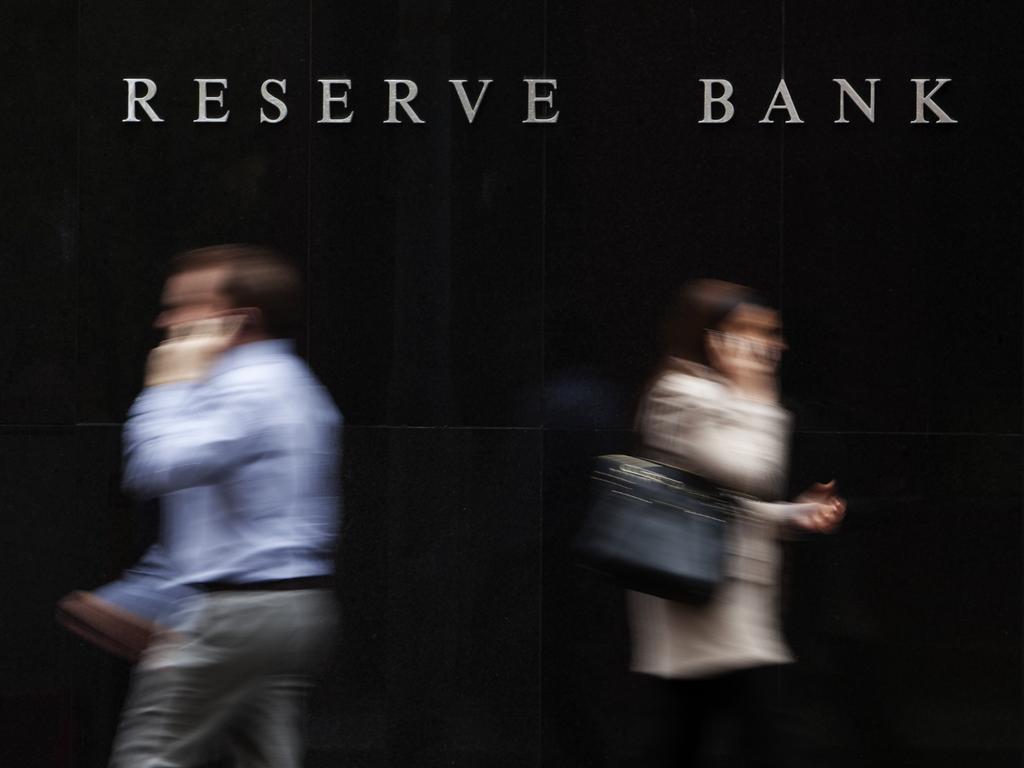
The RBA would rather be accused of having gone too hard than having not gone hard enough in the battle against inflation. Hence this latest lift.
The central bank surveys top economists every three months to gauge their expectations of inflation in a year’s time.
In December, the average forecast was that 12 months down the track the inflation rate would be 3.8 per cent.
But when asked the same question in March, these leading practitioners of the so-called ‘dismal science’ said it would be 4 per cent.
That doesn’t mean they thought inflation would accelerate. Rather, they reckoned it wouldn’t fall as quickly.
At the moment, the RBA forecasts it won’t get inflation down to the top of its target range of 2 to 3 per cent until mid-2025.
That is now considered to be too far into the future.
More Coverage
Originally published as ‘Erratic’ RBA shouldn’t have raised rates for an 11th time, top economists say




